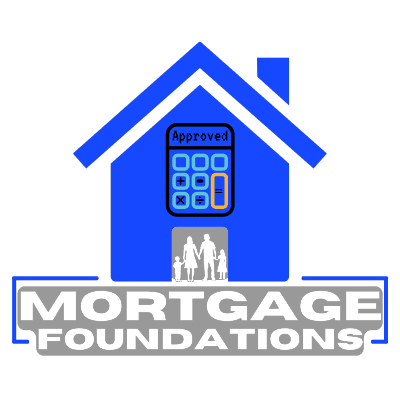Episode # 16 of the Mortgage Foundations Podcast
So, let's talk about two types of mortgages: the standard charge mortgage and the collateral charge mortgage. Now, you might be wondering what the difference is between these two, and that's what I'm here to explain. First, let's start with the standard charge mortgage. This type of mortgage is what most people are familiar with. In a standard charge mortgage, the amount you borrow is registered with the land registry office for the exact amount of your mortgage. The mortgage, along with any associated fees, is all bundled together and registered as a single charge against the property. Now, let's move on to the collateral charge mortgage. Unlike the standard charge mortgage, a collateral charge mortgage does not register the specific amount of your mortgage. Instead, it may be registered against your property for a higher amount. This higher amount is usually greater than the actual mortgage amount you borrowed. The idea behind a collateral charge mortgage is to give you the flexibility to borrow additional funds without having to go through the refinancing process. If you currently have a mortgage with a Home Equity Line of Credit portion (or HELOC); you likely have a collateral charge mortgage registered on your property. With a collateral charge mortgage, you may be able to borrow up to the registered amount without having to pay costly legal fees or go through the process of refinancing. This can be beneficial if you plan on accessing your home equity for things like renovations or investments in the future. However, it's important to remember that this flexibility comes at a cost. Since the collateral charge is registered for a higher amount, it may limit your ability to switch lenders easily. Future lending flexibility is the key difference between the two types of mortgages. In a standard charge mortgage, if you need to borrow additional funds after you've already obtained your mortgage, you'll have to go through the process of refinancing. This can involve additional legal fees, appraisals, and other costs. The collateral charge mortgage can save you time, money, and hassle, but once again, it's important to consider the limitations of borrowing against the full registered amount. Now, let's explore the implications of these two types of mortgages when it comes to switching lenders. With a standard charge mortgage, if you decide to switch lenders when your mortgage term is up for renewal, the process is fairly straightforward. You can shop around for better rates, negotiate with different lenders, and choose the one that best suits your needs. However, with a collateral charge mortgage, switching lenders can be more complicated. Not all lenders may be willing to take on the full registered amount, so you might be limited to staying with your original lender or refinancing the mortgage with a new lender, with all the associated costs. Many lenders also offer the ability to transfer a collateral charge mortgage; however, there may be additional fees to do so. To summarize, a standard charge mortgage registers the exact amount of your mortgage with the land registry office, while a collateral charge mortgage registers a higher amount against your property to allow for future borrowing flexibility. With a standard charge mortgage, you'll need to refinance if you want to access additional funds, whereas with a collateral charge mortgage, you may be able to access those funds without refinancing. However, the flexibility of a collateral charge mortgage comes with limitations, as switching lenders can be more challenging. Ultimately, it's important to work with a Mortgage Broker and consider your future borrowing needs and weigh the benefits and limitations of each type of mortgage before making a decision.

